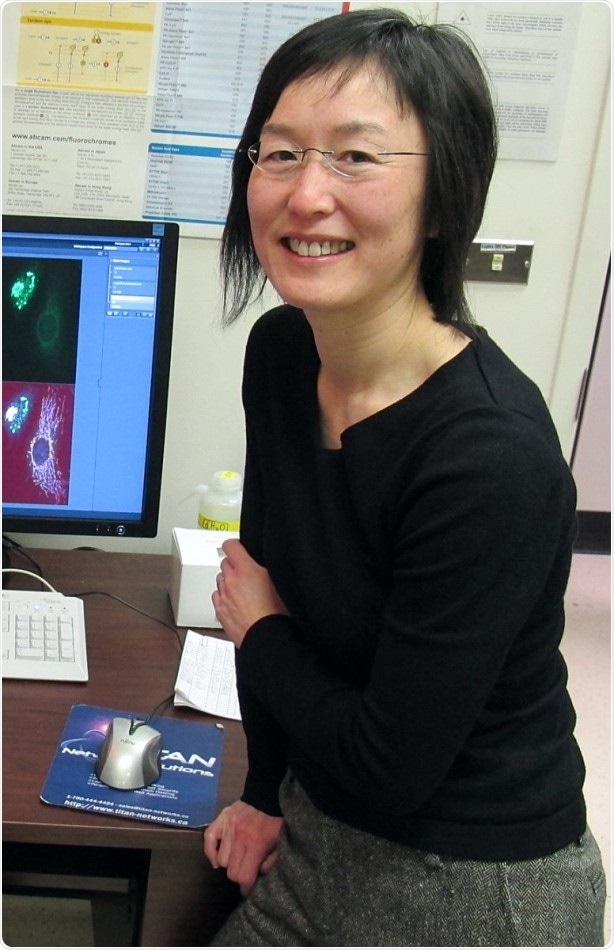Similar to a majority of the scientists, biochemist Ing Swie Goping from the University of Alberta is equally curious. When Goping’s research team found that a protein was linked to poor outcomes in breast cancer patients, she wanted to find out the reason behind this.

In a new study, U of A biochemist Ing Swie Goping uncovered a mechanism that helps explain why a protein called BCL-2 interacting killer is linked with aggressive breast cancers in certain patients. Image Credit: Faculty of Medicine & Dentistry.
And now that curiosity has resulted in the discovery of a novel mechanism about the development of certain breast cancers. This discovery may someday lead to more improved treatment options.
Goping, who is also a professor in the Faculty of Medicine & Dentistry, earlier performed a study in which she found that a protein, known as BCL-2 interacting killer (BIK), was linked to relapses in breast cancer patients.
In a new research work published in the Cell Death and Disease journal, Goping discovered that the issue lies with the cellular “self-destruct” process of apoptosis.
Within the human body, cells constantly undergo apoptosis especially when a destruction sequence is activated and a cell is destroyed. Usually, the sequence of cell death runs to completion, damaging the DNA to such an extent that the cell destroys itself. This is the preferred result for cancer cells.
However, when the BIK protein is activated in patients with ER-positive breast cancer—those with breast cancers in which cells that develop in response to the estrogen hormone—the sequence is unable to fully complete itself and instead undergoes the so-called “failed apoptosis,” where the damage caused to the cell DNA is so severe that mutations develop. This process renders the cancer cells more aggressive.
The cell that has DNA damage then manages to repair itself, and becomes a worse adversary because it has mutations. Those mutations give it the repertoire to do whatever it can to evade therapy or to metastasize—whatever it needs to do to survive.”
Ing Swie Goping, Biochemist and Professor, Faculty of Medicine & Dentistry, University of Alberta
Goping is also a member of the Cancer Research Institute of Northern Alberta.
According to Goping, she will continue to observe BIK and gain more data about how it works in cell death. To further interpret the process, Goping hopes that other therapies may be identified that may not have been earlier considered for patients with ER-positive breast cancer.
Source:
Journal reference:
Pandya, V., et al. (2020) BIK drives an aggressive breast cancer phenotype through sublethal apoptosis and predicts poor prognosis of ER-positive breast cancer. Cell Death & Disease. doi.org/10.1038/s41419-020-2654-2.